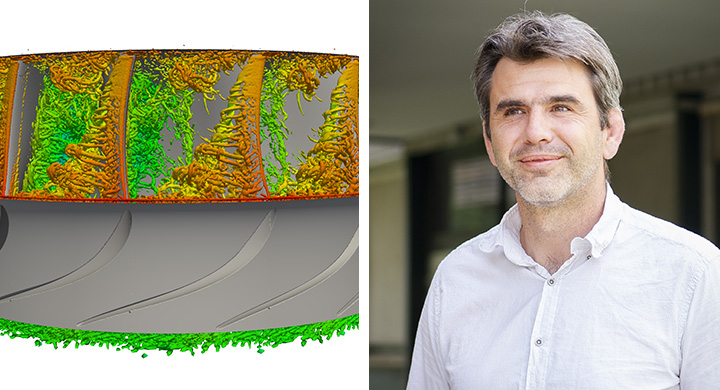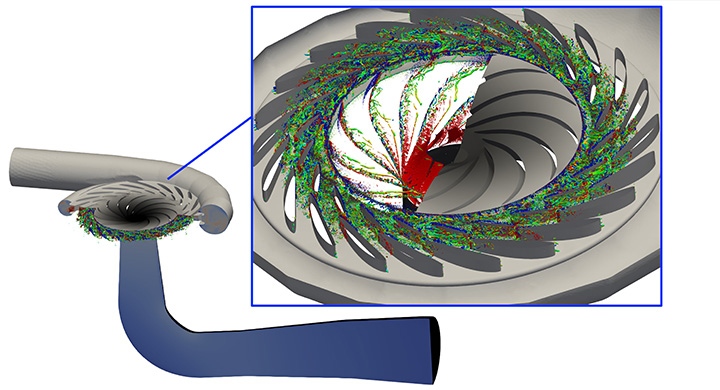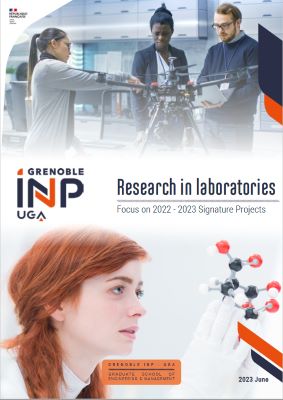A better design for the turbines of the future
An Industrial Chair between General Electric and the LEGI* is going to put the YALES2HYDRO turbulence simulation code, developed at the laboratory, to good use in designing new generations of hydro turbines that are better adapted to the current demands of the power grids.





